Have you ever found yourself wondering what living in the Edo period would have been like? Wonder no longer, we present to you: Kawagoe! The small town of Kawagoe, also known as Ko-Edo (which means “Little Edo”), is often described as a place where you can relive history. The town has managed to maintain the ambiance dating back to the Edo period. Kawagoe can be reached in just under an hour from Tokyo by train, making it a wonderful day trip to escape the vibrant city of Tokyo.
Originating from the Edo period, Kawagoe was a bustling commercial supply town. Due to its strategic position, the city grew into a strong trade city, supplying Tokyo (previously known as Edo) up until about 100 years ago. Nowadays one of the main attractions of the city is the Kitain Temple, home to the only remaining structures of Edo castle.
Kawagoe is great spot to explore in a kimono and take some memorable pictures. Check out the best kimono rental shop in Kawagoe to get the traditional experience! ▼
Kimono Rental Shop in Kawagoe

How to go to Kawagoe from Tokyo
Kawagoe is located in Saitama prefecture, about 30 – 60 minutes from Tokyo. Several stations have good connections to Kawagoe station. If you are an international traveler, get the Kawagoe Discount Pass! With this pass, the round trip between Ikebukuro and Kawagoe only costs ¥710 and you can also get a discount at some shops in Kawagoe. The pass is valid for one calendar day and can be purchased at Tobu Ikebukuro Station. You can buy the ticket at the Tobu Tourist Information Center as well.
The central part of Kawagoe is easily accessible by foot, but you can also rent a bicycle, or use the hop-on-hop-off Koedo loop bus for ¥500 (1 day pass).
Highlights of Kawagoe
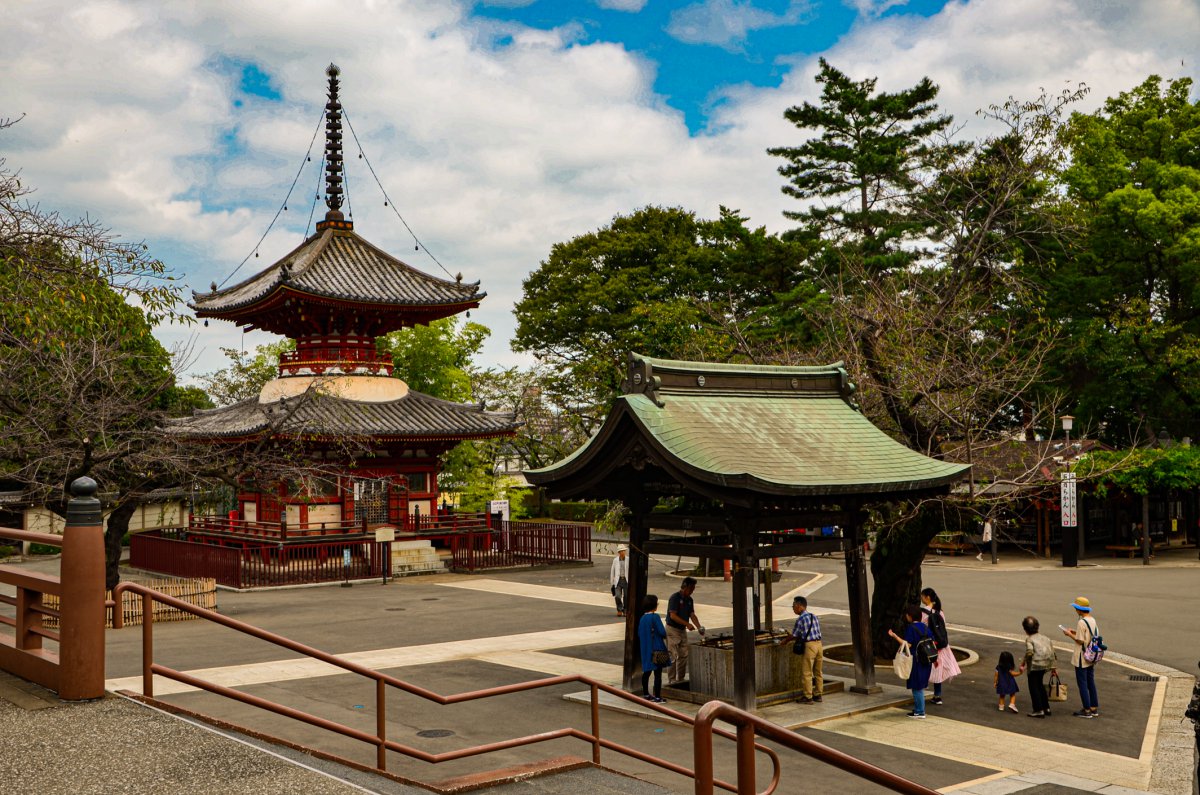
Kawagoe has a lot to offer, let us introduce a few of the highlights to make your trip even more special.
Kurazukuri (Warehouse) District

During the 1800s several fires broke out in Kawagoe, destroying many houses and other buildings. The most destructive fire, known as The Great Fire in 1893 burnt down about one-third of the city.
Since then, buildings in Kawagoe were not constructed out of wood to prevent damage from the fire. Instead, the low-rise buildings were built using grey or white clay walls and black clay roof tiles. These typical houses are Kurazukuri and you can see many preserved in Kawagoe today.
Ichiban Gai Shopping Street
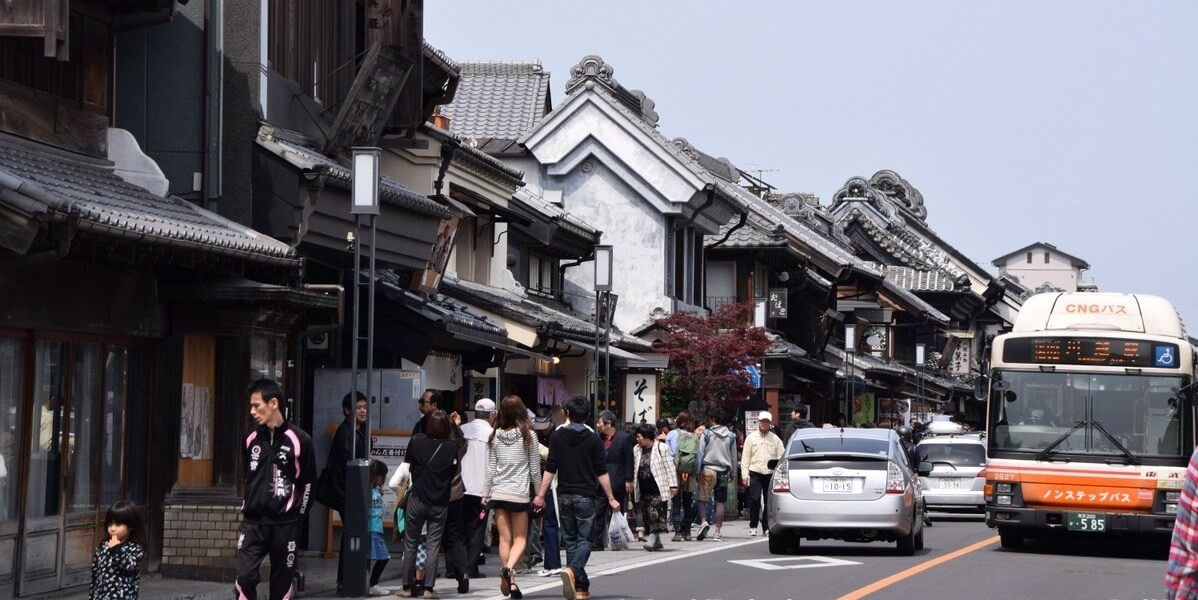
Ichiban Gai Shopping Street is a famous shopping street that is about 400m long and is home to many unique buildings dating back to as far as the Meiji period (1868-1912). Over 200 kurazukuri houses can still be seen on the main street and some nearby side streets. Many have been converted into shops and restaurants. Some shops sell traditional crafts and delicatessen, which make for great souvenirs, and some of those shops even do workshops like pottery classes or kimono rental.
Lots of people stroll down this street and they eat and drink while doing so. This is known as tabearuki, coming from the two verbs to eat ‘taberu’ and to walk ‘aruku’. So if you find a snack you like, just drop by the shop and then try to tabearuki!
Toki no Kane (Time Bell Tower)
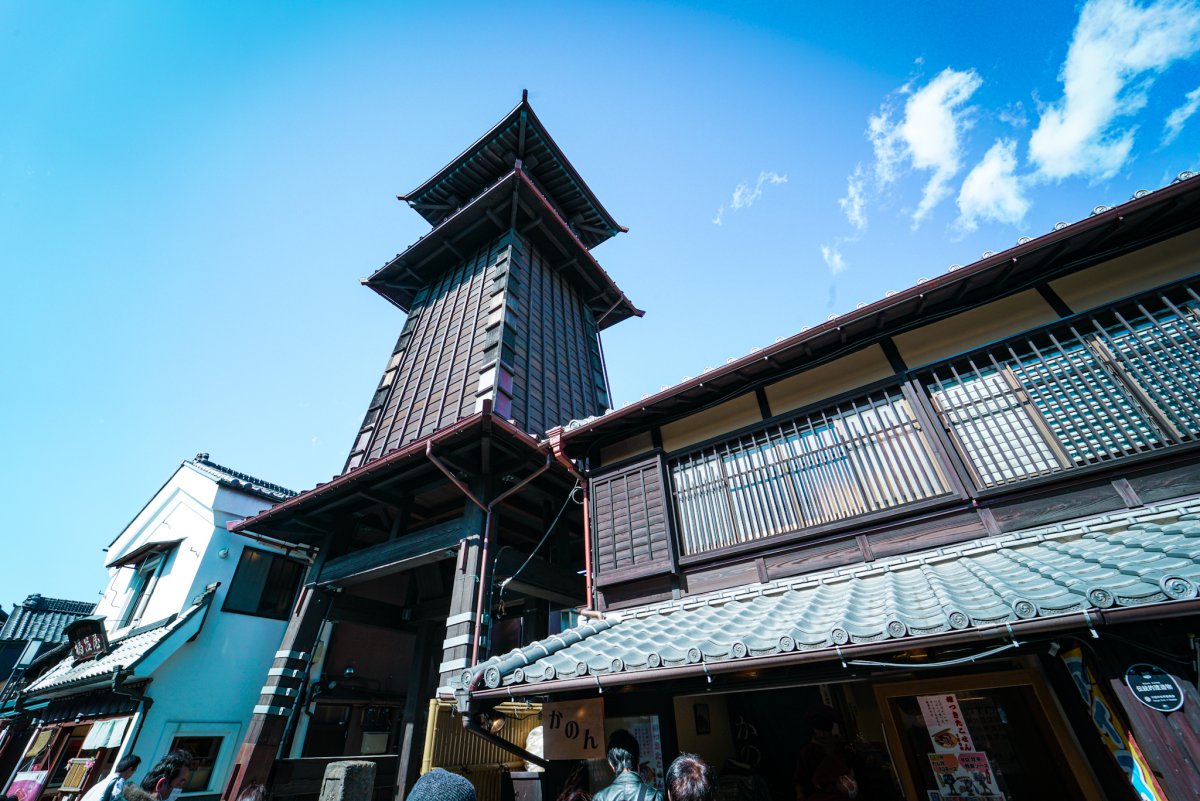
Toki no Kane is probably the most iconic symbol of Kawagoe. This majestic bell tower was first constructed in the mid-1600s but tragically burnt down several times. The story goes that some merchant rebuilt the tower before rebuilding their own shop, because of its importance. The Toki no Kane that we can see today is the fourth bell and is still rung at 6am, 12pm, 3pm, and 6pm to inform the citizens about the time.
Kashiya Yokocho
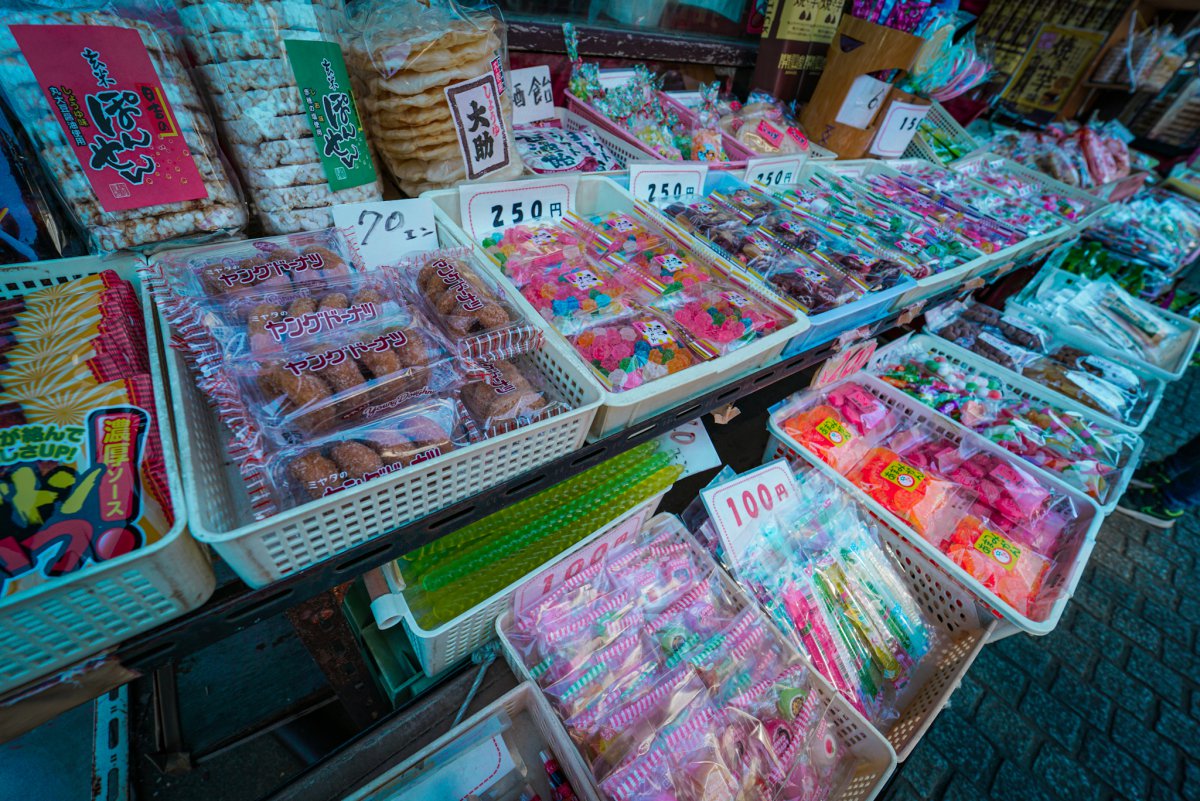
The stone-paved alley Kashiya Yokocho is a nostalgic and famous place in Kawagoe. It is lined with many candy stores that sell traditional Japanese snacks. During the golden days about 70 candy shops, called Dagashiya, sold traditional crafted treats here. Today there are about 20 shops left that specialize in low-priced traditional sweets and snacks. Some shops even learn how to make them! Kawagoe is known for sweet potatoes, a popular snack in the fall and winter months. Another snack widely sold in Kawagoe is fugashi, a fried wheat gluten snack made from Hu. Please try your favorite local snacks and tabearuki!
Kitain Temple
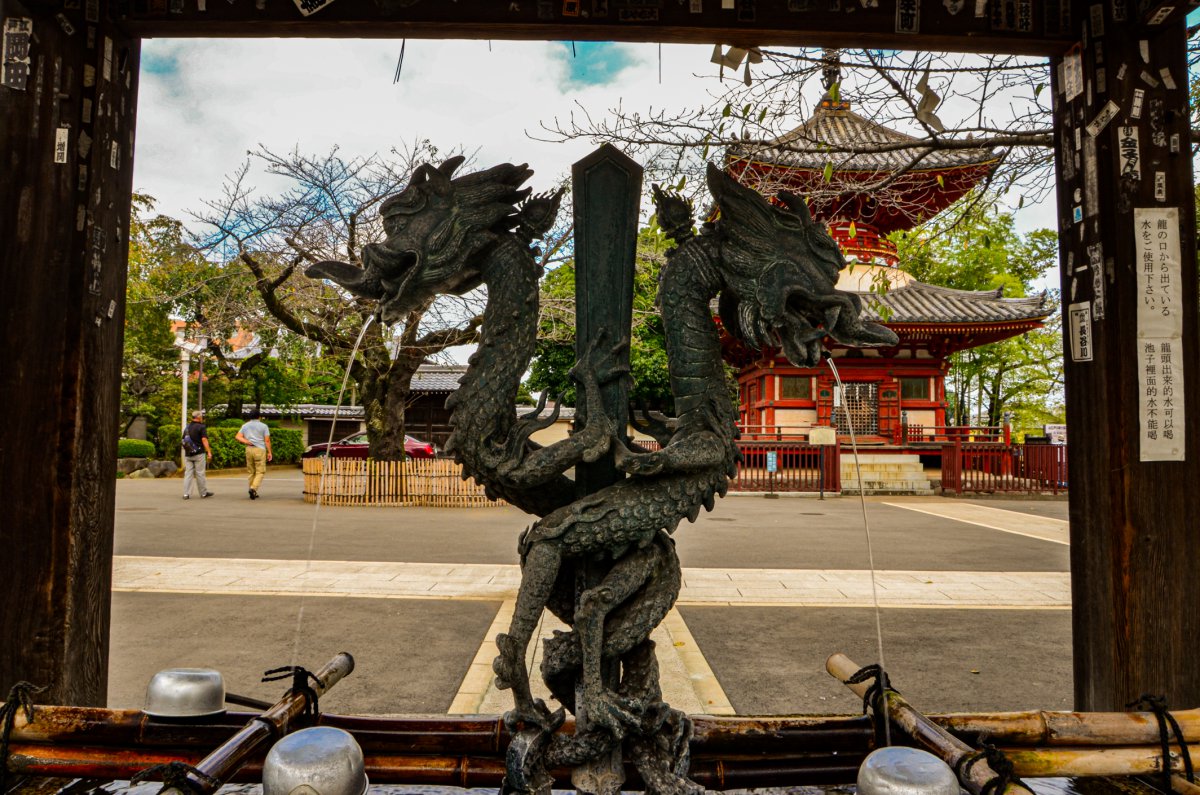
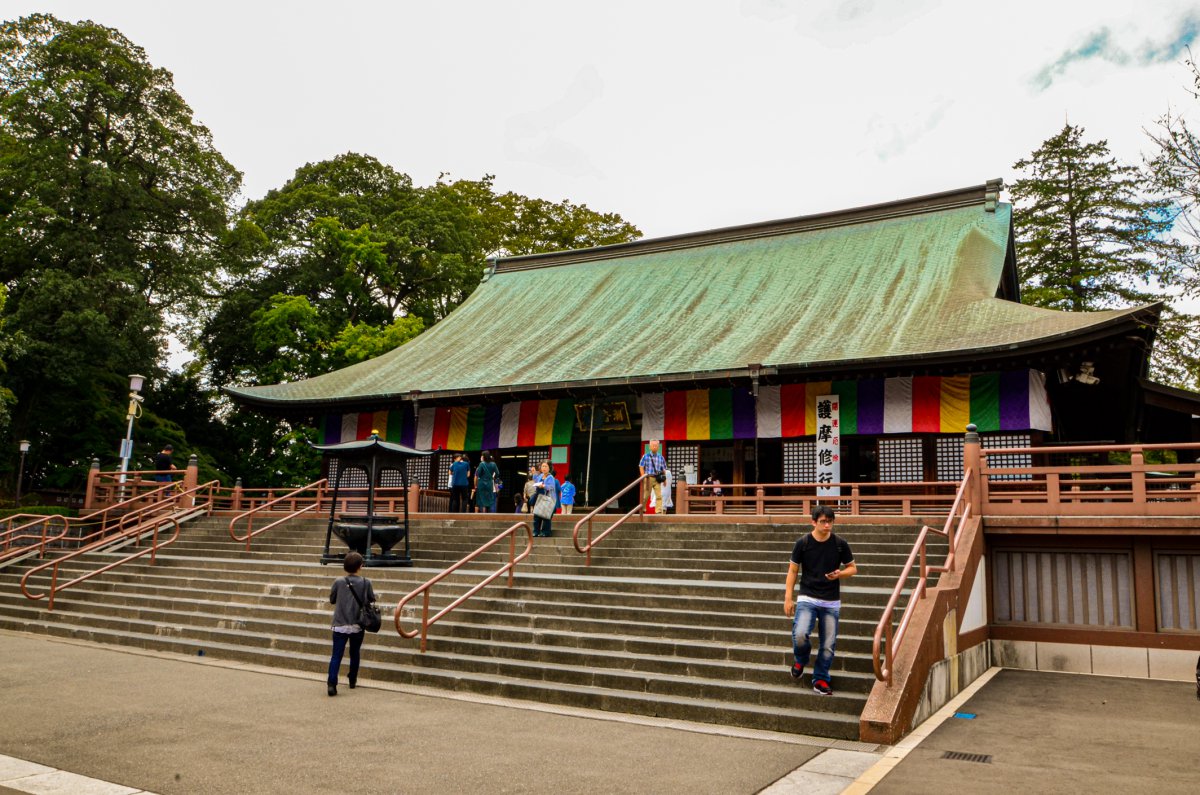
A great place to start your visit to Kawagoe is the Kitain Temple, a Tendai Buddhist temple founded approximately 1.200 years ago. The peaceful temple houses some of the only remains of the former Edo castle, the residence of the Tokugawa family who ruled Japan from 1603 to 1867. The Kitain temple is famous for its many Buddha statues, and over 500 stone buddhas, that express human emotions such as joy and contentment.
Official website Kitain Temple (English)
8.50am – 16pm
¥400 admission
Honmaru Goten
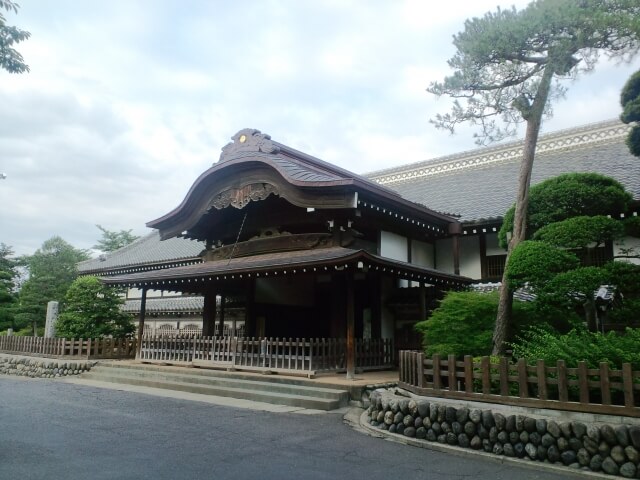
Honmaru Goten is one of Japan’s few surviving examples of the Edo period. The Samurai-style building is said to have been constructed in 1457 and served as an important defense for north Edo. The present building originates from 1848 but has recently been renovated and reopened to the public in 2011. You can enter parts of the building including spacious tatami rooms and the garden. In the tatami room, you can see models that imitate Samurai. Travel back in time and imagine how they would have a discussion in that room.
Festivals in Kawagoe

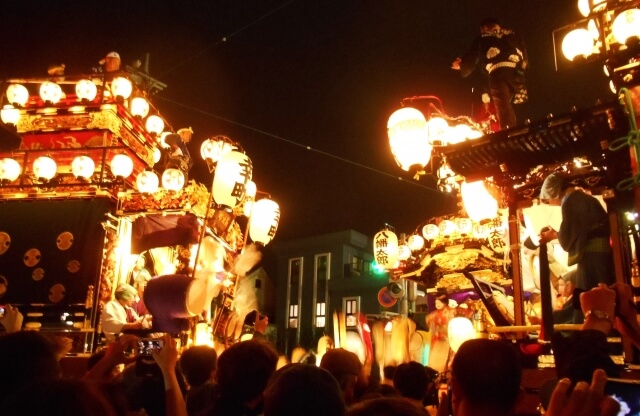
Lastly, Kawagoe is home to several seasonal events, the most popular event being the Kawagoe Hikawa Festival, taking place on the third Saturday and Sunday of October. During this festival, better known as Kawagoe Festival, large, elaborate floats parade around the town and light up stunningly at night.
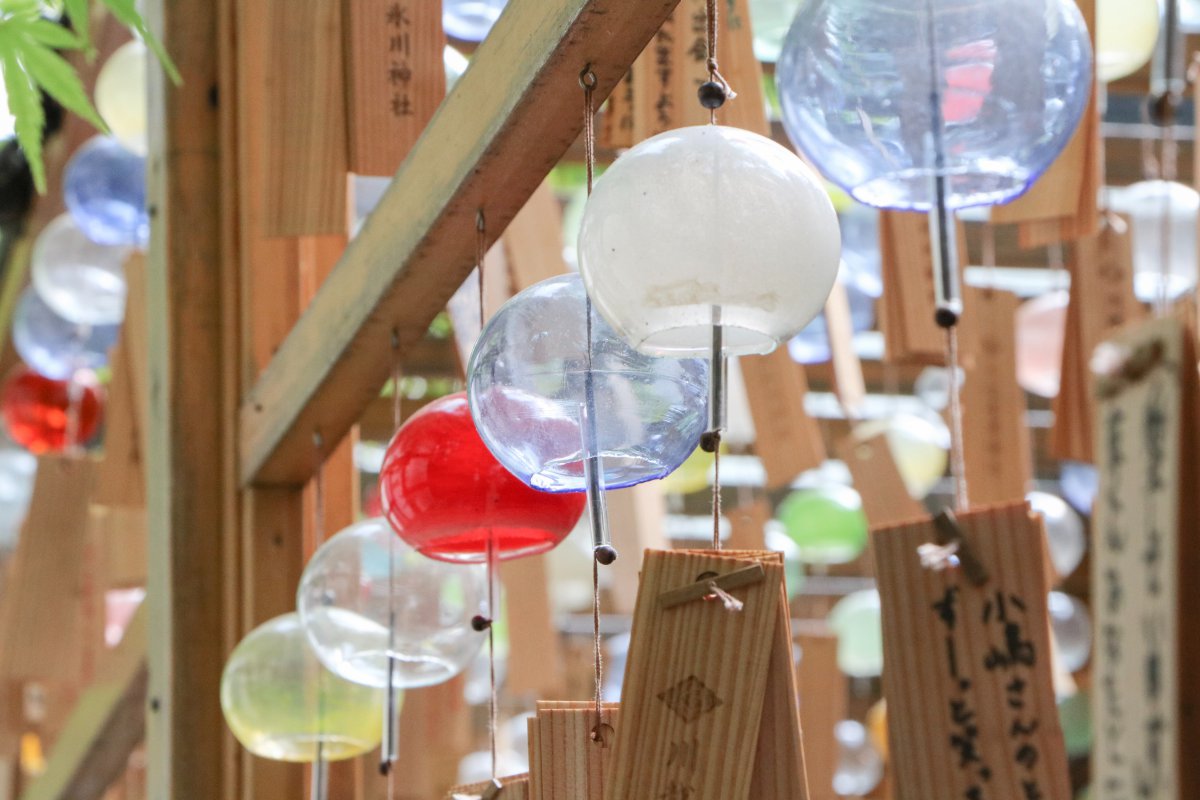
There is another festival that has been getting popular recently called Enmusubi (matchmaking) Wind Chime Festival. Visit Hikawa Shrine during summer (July-September) and you can see over 2,000 colorful wind chimes hanging with cards where love-related wishes are written. Hikawa Shrine enshrines the god of marriage and is known for its blessing of love. The sound of the wind chimes is the sign of the wind and people used to believe that the wind will deliver their wishes and feelings to the god.
It is also a great place to take pictures while enjoying the beautiful sound of wind chimes!
Edo Starbucks
The iconic Starbucks store opened on the main shopping street, next to Toki no Kane. Its design perfectly blends in with the many kurazukuri houses that Kawagoe is famous for. Next to the indoor space, it has a pretty outdoor seating area with a Japanese garden, complete with bonsai trees, a stone pathway, and wind chimes for your peaceful coffee break. If Starbucks had existed already during the Edo period, this is what it would have looked like!
Kimono Experience
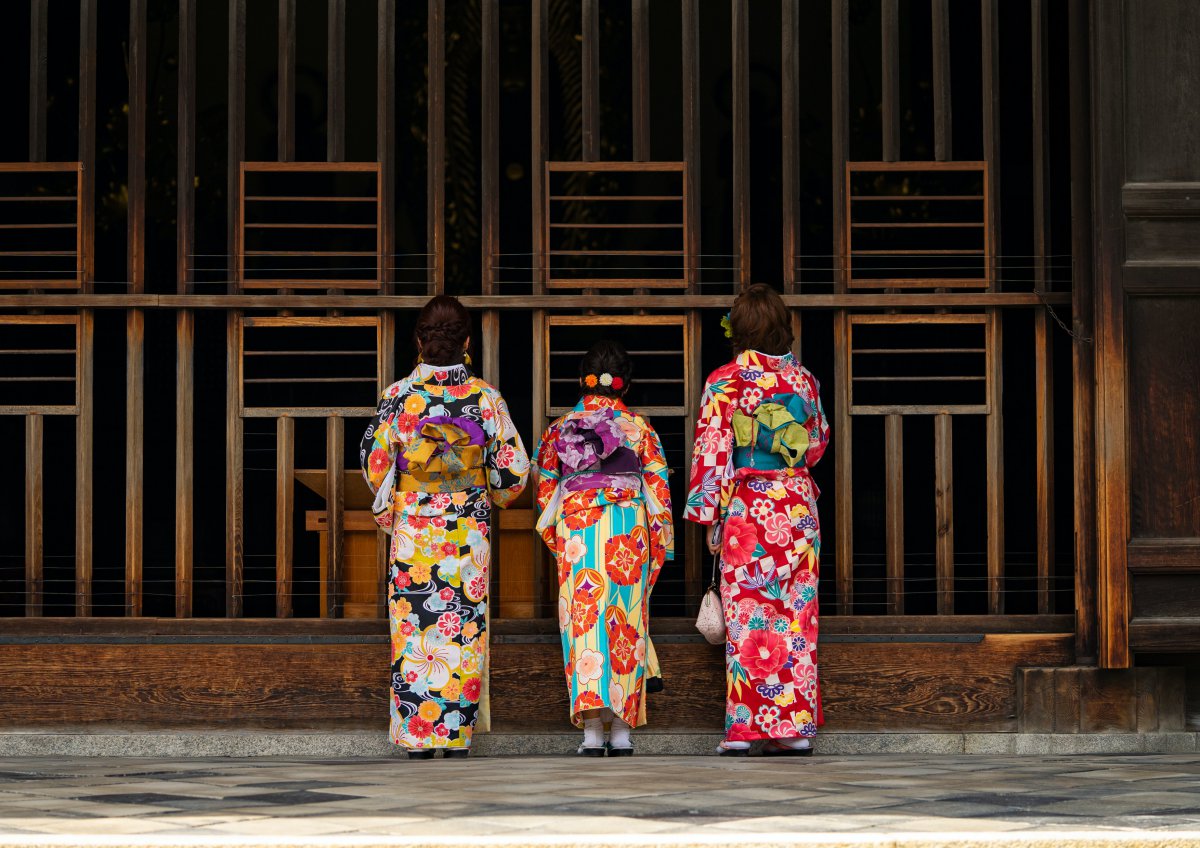
When you are visiting Little Edo, Kawagoe, give your experience a little extra by wearing traditional clothing. Enjoy the atmosphere of the traditional area of Kawagoe while wearing the traditional Japanese outfit kimono. Read more about wearing a kimono and exploring Kawagoe here.
Kawagoe hotel recommendation
Kawagoe is a great day trip destination from Tokyo but also caters to overnight travelers. Accommodations we recommend:
- Kawagoe Prince Hotel (Hotel)
- Ryokan Matsumuraya (Ryokan)
If Kawagoe is not yet on your to-visit list, it absolutely should be. The town called Little Edo offers a charming, warm glimpse into the days of the Edo period, with many nostalgic reminders like the confectionery shops, old warehouses, and an atmosphere like nowhere else. It can make you fall in love with Japan all over again.
Follow us on Instagram or Facebook for more travel inspiration. Or tag us to get featured!
Happy traveling!



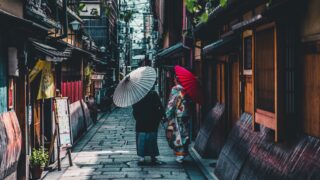
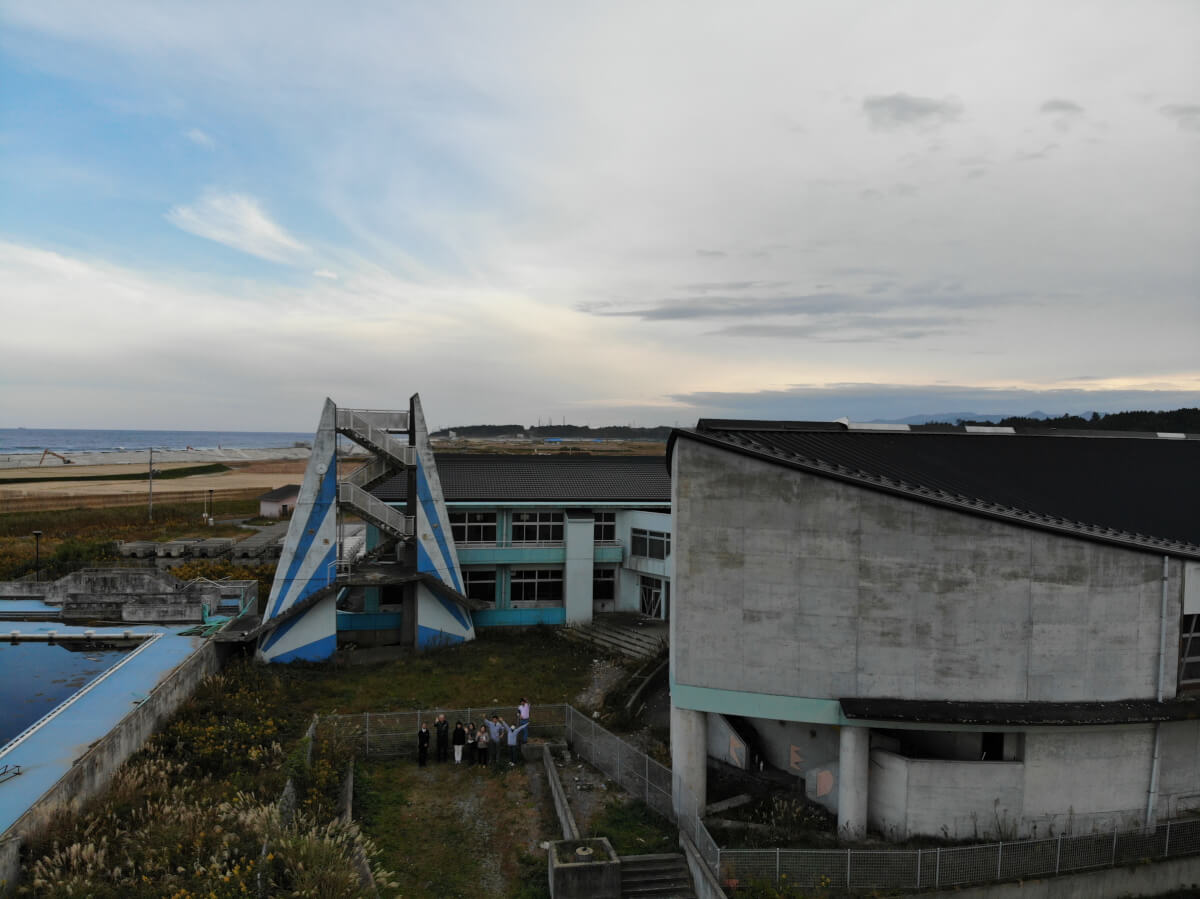
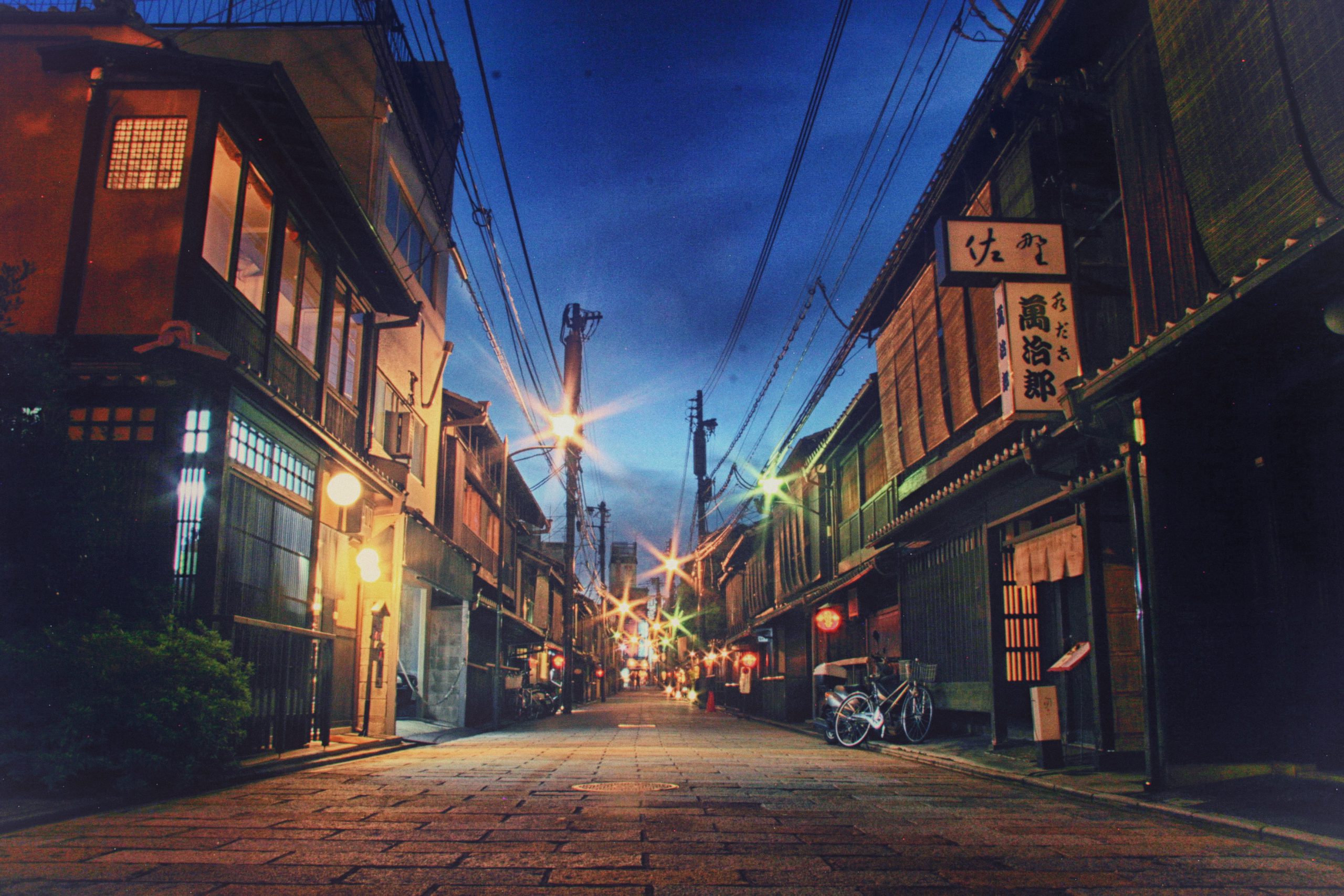
Comments
Hi, love your post, we where in Kawagoe and we loved, we did a small video, you can used if you like
https://www.youtube.com/watch?v=Cz1BMjYwqOM